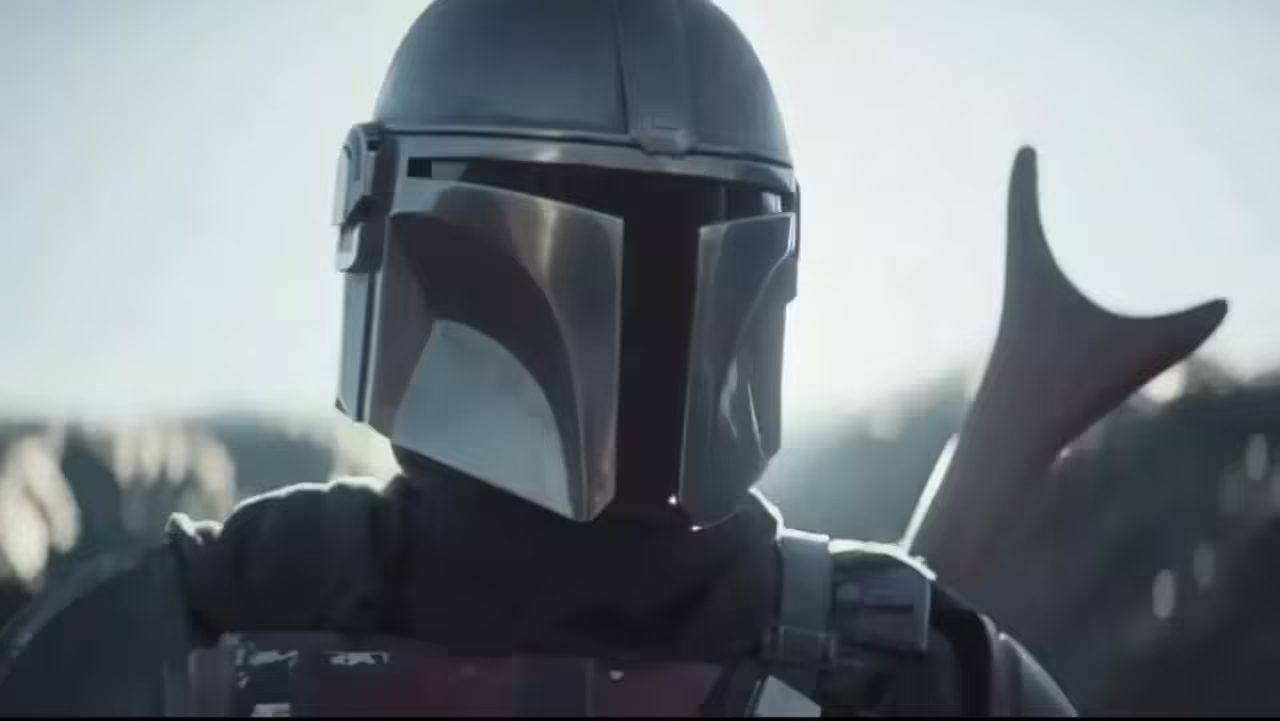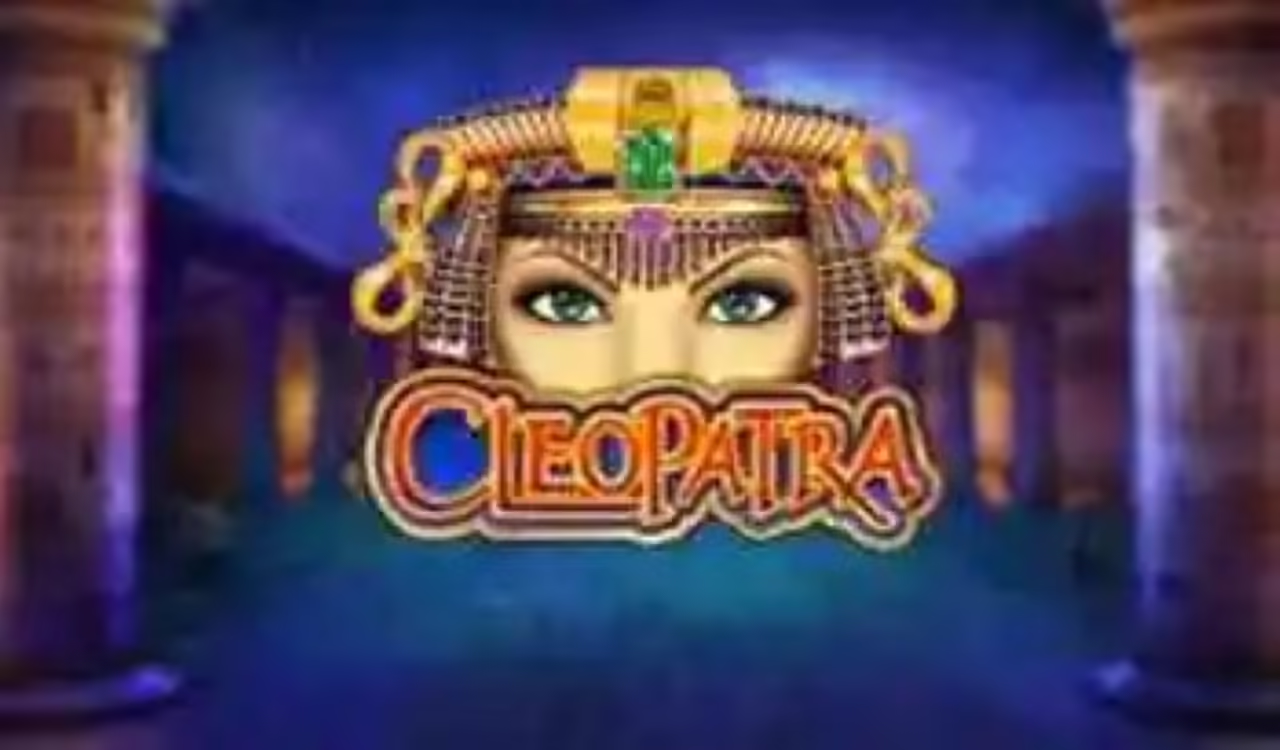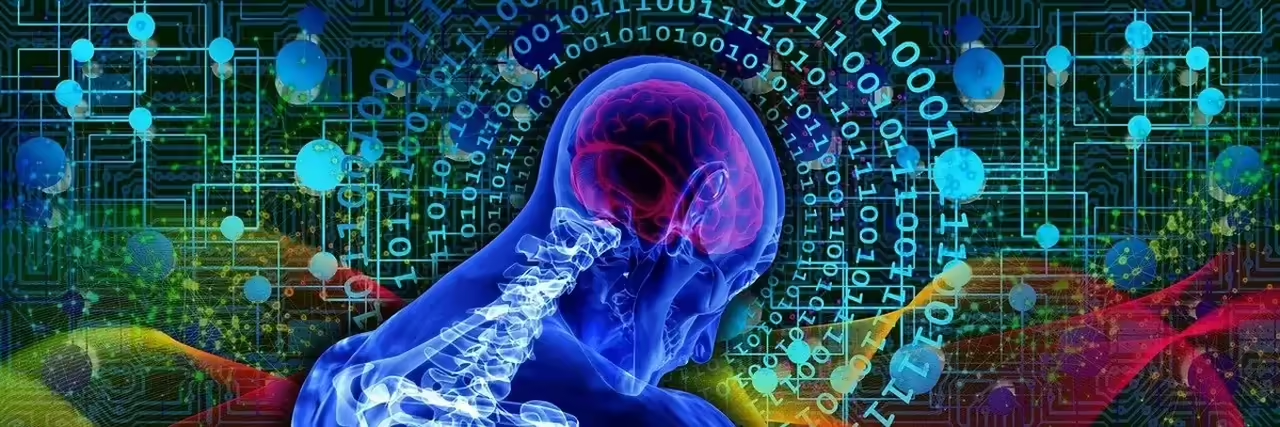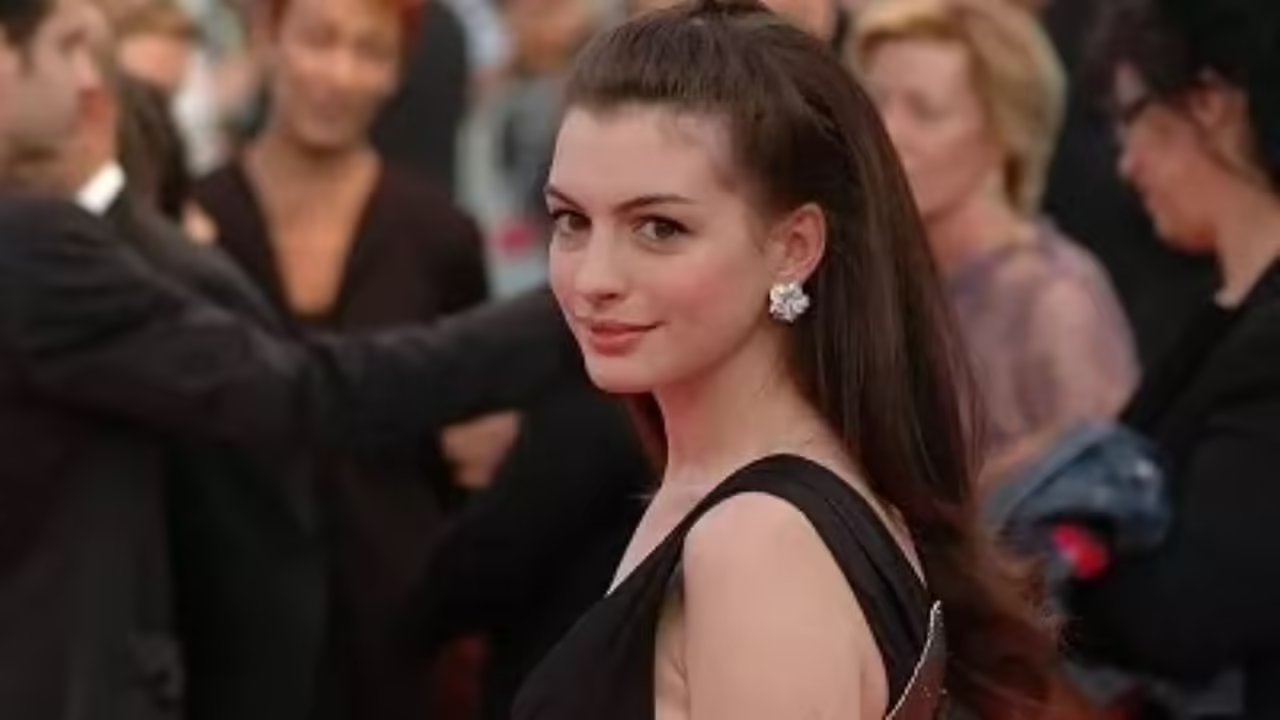
Since its premiere in November 2019, “The Mandalorian” has become a cultural phenomenon and one of the most successful series of recent times. Set in the vast Star Wars universe, this Disney+ original production has captured the hearts of fans and attracted a new generation of followers with its thrilling narrative, charismatic characters and stunning visual quality.
“The Mandalorian” is set after the events of “Star Wars: Episode VI – Return of the Jedi” and before “Star Wars: Episode VII – The Force Awakens.” The series follows the adventures of a mysterious bounty hunter named Din Djarin, played by talented actor Pedro Pascal. Djarin, also known as “Mando,” belongs to an ancient order of warriors called the Mandalorians, renowned for their iconic armor and code of honor.
The plot begins when Mando is tasked with capturing a Force-sensitive being, affectionately nicknamed “Baby Yoda” by fans, but officially known as “Grogu.” As the story unfolds, Mando becomes embroiled in a series of dangerous missions and delves into the darkest and most mysterious corners of the galaxy.
One of the highlights of “The Mandalorian” is its ability to capture the essence and spirit of the original Star Wars films. The series has managed to maintain the signature tone of the original trilogy, combining fast-paced action, witty humor and emotional moments. In addition, its visual style and carefully crafted cinematography provide an immersive experience, transporting viewers to a world of exotic planets, alien creatures and iconic spaceships.
Another element that has contributed to the success of “The Mandalorian” is the introduction of new and charismatic characters. In addition to Mando and Grogu, the series has introduced unforgettable characters such as Cara Dune (played by Gina Carano), a rebellious ex-soldier, and Moff Gideon (played by Giancarlo Esposito), a formidable antagonist. These characters have become fan favorites and have further enriched the Star Wars universe.
In addition to its narrative quality, “The Mandalorian” has been praised for its ability to explore different genres within the Star Wars context. Throughout its two seasons, the series has featured episodes ranging from samurai adventures to heist plots, all set against the backdrop of a space epic. This diversity of approaches has kept viewers intrigued and demonstrated the versatility of the Star Wars universe.
The protagonist: The Mandalorian (Mando)
The protagonist of “The Mandalorian,” also known as Mando, is played by the talented actor Pedro Pascal. Mando is a reclusive and secretive bounty hunter who hides his face behind distinctive Mandalorian armor. His imposing appearance and combat prowess make him a captivating character from the first moment we meet him.
Throughout the series, Mando becomes a complex and fascinating character. Following the traditions and code of the Mandalorians, he is driven by strong ethics and a sense of duty. Mando has an ambiguous morality: while he is dedicated to bounty hunting, he is also concerned for the safety and well-being of the innocent. This internal conflict gives the character depth and moves him away from the stereotype of the typical hero.
One of the highlights of “The Mandalorian” is the relationship that develops between Mando and Grogu, also known as “Baby Yoda.” From the moment Mando becomes Grogu’s protector, an emotional bond is established between the two characters. Grogu, a Force-sensitive being of a similar race to Master Yoda, becomes a father figure to Mando and awakens his protective instinct.
As the series progresses, Mando is faced with difficult decisions and dangerous challenges to ensure Grogu’s survival. Their relationship grows stronger as Mando takes on the role of Grogu’s mentor and caretaker, helping him develop his skills and learning to communicate with him without using words. This unique bond has become the emotional heart of the series and has generated a great impact on the audience.
The relationship between Mando and Grogu also serves to explore themes such as fatherhood, sacrifice and the importance of the emotional bond in a universe full of conflict. Mando’s determination to protect Grogu leads him to face increasing dangers and challenges, and his growing connection to the Force-sensitive boy allows him to question and challenge his own identity and loyalty to the Mandalorians.
Ultimately, the relationship between Mando and Grogu is one of the most endearing and touching aspects of “The Mandalorian.” The series demonstrates that love and emotional connection can transcend barriers of species and circumstance, and that caring for and protecting the most vulnerable are core values that can transform characters and their environment.
The Star Wars universe in “The Mandalorian”
“The Mandalorian” is set in the Star Wars universe and is full of connections and references that delight fans of the saga. From the iconic music composed by Ludwig Göransson to the appearance of iconic characters and creatures, the series pays homage to the Star Wars legacy while expanding the narrative in new directions.
One of the most notable connections in “The Mandalorian” is the presence of iconic characters from the saga. In the first season, we see Greef Karga (played by Carl Weathers), a bounty hunter guild leader, and Cara Dune, a former Rebel soldier. In addition, reference is made to characters such as Boba Fett and Jango Fett, who share the same Mandalorian heritage as Mando.
The second season of the series features the long-awaited appearance of Boba Fett (played by Temuera Morrison) in an exciting episode. This return of the popular character from the original trilogy generated great excitement among fans. Another classic character making an appearance is Ahsoka Tano (played by Rosario Dawson), a former Jedi and apprentice to Anakin Skywalker in the animated series “Star Wars: The Clone Wars”. These appearances not only generate excitement among fans, but also influence the plot and development of the story.
In addition to the characters, “The Mandalorian” takes us through a wide range of planets and cultures within the Star Wars universe. From the arid and merciless Tatooine, which is a landmark in the saga, to the hidden and mystical planet Tython, the series immerses us in a diverse and fascinating world. Alien cultures and species, such as the Jawa, Tusken Raiders and Mon Calamari, are also explored, adding depth and authenticity to the universe.
One of the most exciting moments of the series is the final showdown in the second season, where Moff Gideon’s presence is revealed with a Dark Saber, the signature weapon of the Sith. This connection to the dark side of the Force and the Galactic Empire adds an additional layer of intrigue and tension to the series’ plot.
Technology and visual effects in “The Mandalorian”
“The Mandalorian” has revolutionized the way technology and visual effects are used in television series production. One of the most notable innovations is the use of volume rendering, also known as “The Volume”. This technology combines high-resolution LED screens with real-time rendering techniques to create immersive digital environments on the film set.
The rendering volume allows the series’ filmmakers to create complete, realistic sets without the need to film in real locations or rely on green backgrounds. Actors can interact with virtual environments that are generated in real time, creating a more authentic experience and helping performers immerse themselves in the Star Wars world. This also streamlines the production process by eliminating the need for extensive post-production and visual adjustments.
Aside from volume rendering, “The Mandalorian” uses a variety of visual effects and production techniques to enhance the visual experience. Motion capture is employed to bring digital creatures and characters, such as Grogu and other extraterrestrial beings, to life. This allows for a seamless integration between the real actors and the computer-generated characters, achieving a realistic and believable look.
The series also stands out for its attention to detail in terms of production design and props. The sets, vehicles and spaceships are meticulously designed to reflect the Star Wars style and aesthetic. From Mando’s iconic Mandalorian armor to the iconic droids and spaceships, each element contributes to creating a cohesive and visually stunning world.
Practical special effects also play an important role in “The Mandalorian.” A combination of physical models, mock-ups and practical effects are used to achieve an authentic, tangible look and feel. This adds a tactile and real feel to the series, even in a digital and visual effects environment.
Episode highlights
“The Mandalorian” features several standout episodes that have left a lasting impression on the plot and the audience. These key episodes feature significant moments, exciting plot twists and are directed by talented directors. Below, I will discuss some of these episodes and their highlights.
Episode 2: “The child”
Directed by Rick Famuyiwa, this episode marks the beginning of the bond between Mando and Grogu. Here we see Mando fighting to protect the child and confronting Jawas in an exciting action sequence. In addition, Grogu’s ability to use the Force is introduced, which surprises both Mando and the viewers. This episode lays the groundwork for the relationship between the main characters and raises questions about Grogu’s fate.
Episode 3: “The Sin”
Directed by Deborah Chow, this episode has one of the most surprising plot twists in the series. After turning Grogu over to the Clients, Mando repents and challenges the bounty hunters and Moff Gideon in an intense action sequence. This episode reveals Mando’s true identity and Grogu’s importance to the overall plot of the series.
Episode 5: “The Gunslinger”
Directed by Dave Filoni, this episode features the return of a beloved character from the Star Wars saga: bounty hunter Boba Fett. Mando encounters this mysterious character on Tatooine and works alongside him to protect Grogu. The introduction of Boba Fett and his relationship with Mando generated a great impact on Star Wars fans.
Episode 8: “Redemption”
Directed by Taika Waititi, this episode culminates the first season in epic fashion. Mando teams up with unexpected allies to rescue Grogu from the clutches of Moff Gideon. The final action sequence, with Mando confronting Moff Gideon and his Imperial soldiers, is thrilling and tension-filled. This episode also reveals more details about Mando’s past and his connection to the Mandalorians.
Not only do these episodes feature significant plot moments, but they are also directed by notable directors who have made their mark on the series. Each brings their unique style and vision, creating memorable visual and narrative moments.







